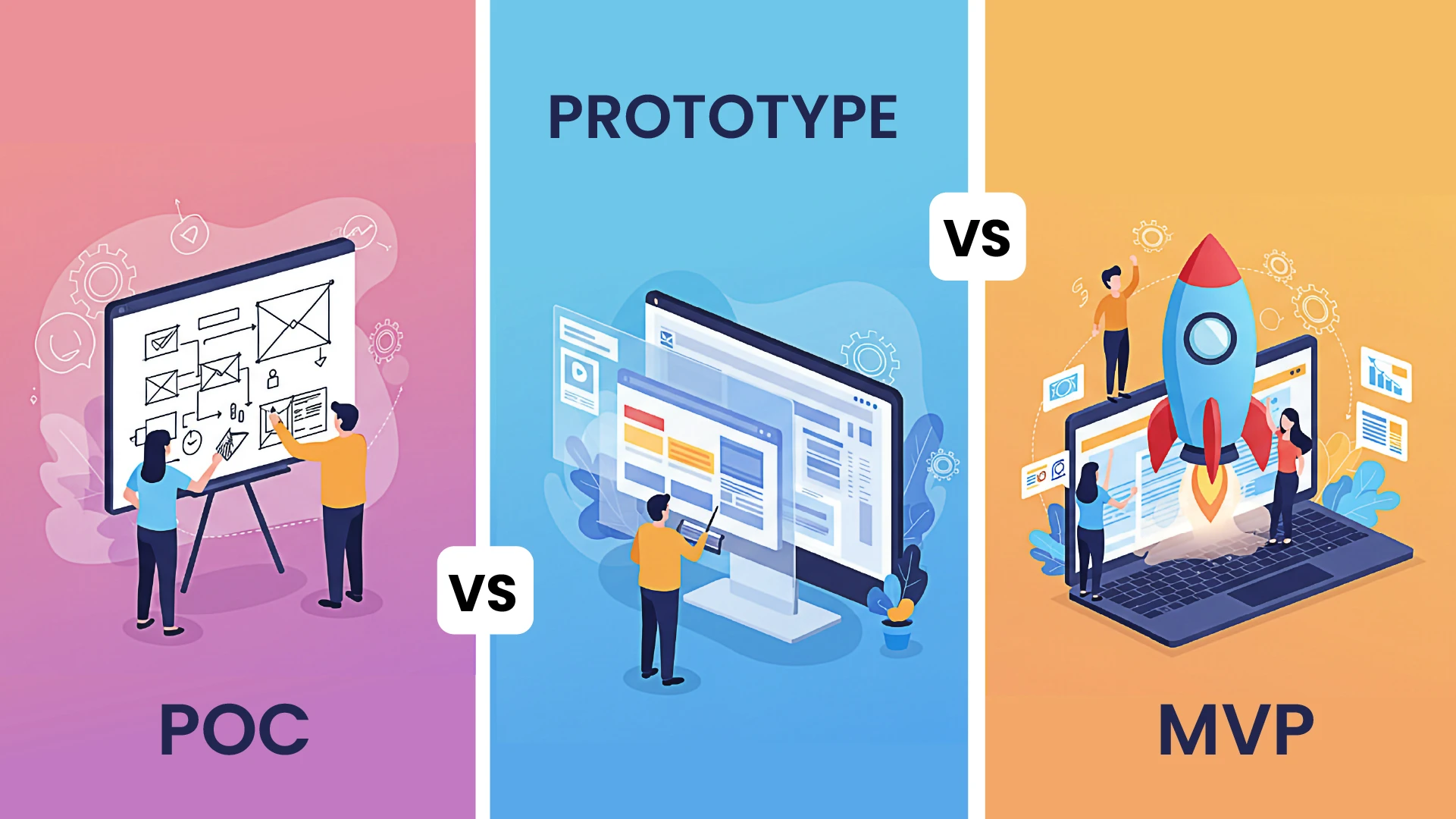Introduction: Why Product Validation Strategy Matters More Than Ever
With startup failure rates soaring to 90% within the first five years, selecting an effective product validation strategy is essential for entrepreneurs and product managers. The distinction between Proof of Concept (PoC), Prototype, and Minimum Viable Product (MVP) is not merely academic; it is fundamental to strategic decision-making.
PoCs establish technical feasibility, prototypes rigorously assess design and user experience, and MVPs directly validate market demand with functional products. Selecting an inappropriate method poses a significant risk of resource wastage and project failure.
What is a Proof of Concept (PoC)?
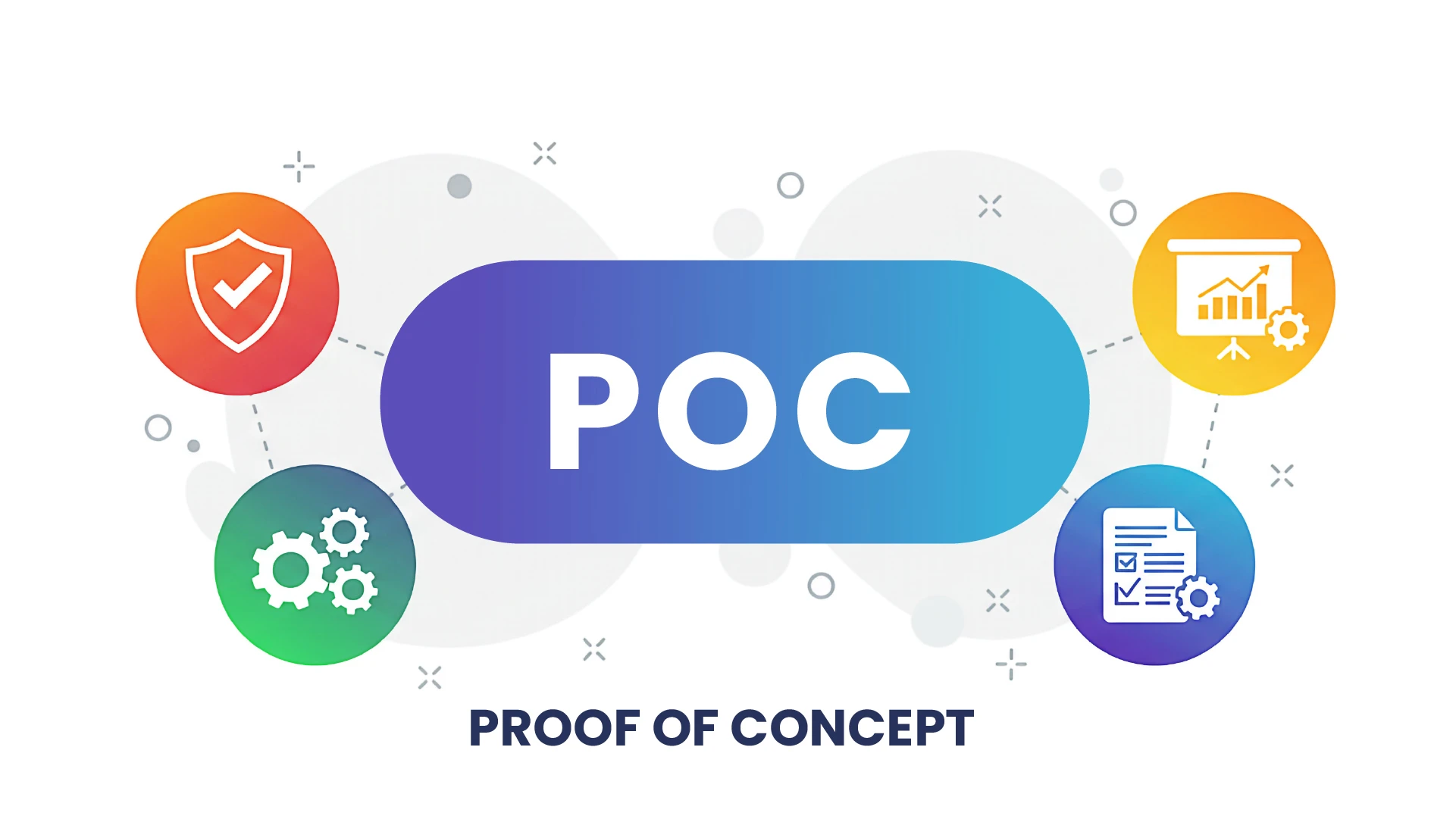
A Proof of Concept (PoC) is a small-scale experimental implementation designed to answer a fundamental question: “Can this idea work in practice?” It focuses exclusively on determining technical feasibility before making a significant investment.
Key PoC Characteristics
- Technical Focus: Prioritizes functionality over design, often with minimal UI
- Limited Scope: Addresses one specific technical challenge or validates a single assumption
- Internal Use: Designed for stakeholders and technical teams, not end users.
- Rapid Development: Typically completed in 2-8 weeks
When to Use PoC
Choose PoC when you need to:
- Test emerging technologies (AI, blockchain, IoT)
- Validate high-risk technical assumptions.
- Secure stakeholder buy-in for innovative concepts
- Avoid investing in technically unfeasible solutions.
PoC Best Practices
- Define clear, measurable success criteria.
- Focus strictly on core technical validation.
- Document all assumptions and results.
- Plan how results will guide next steps.
Example: Netflix’s original PoC tested whether DVDs could be mailed without damage—a simple validation that confirmed their mail-order model’s feasibility.
What is a Prototype?
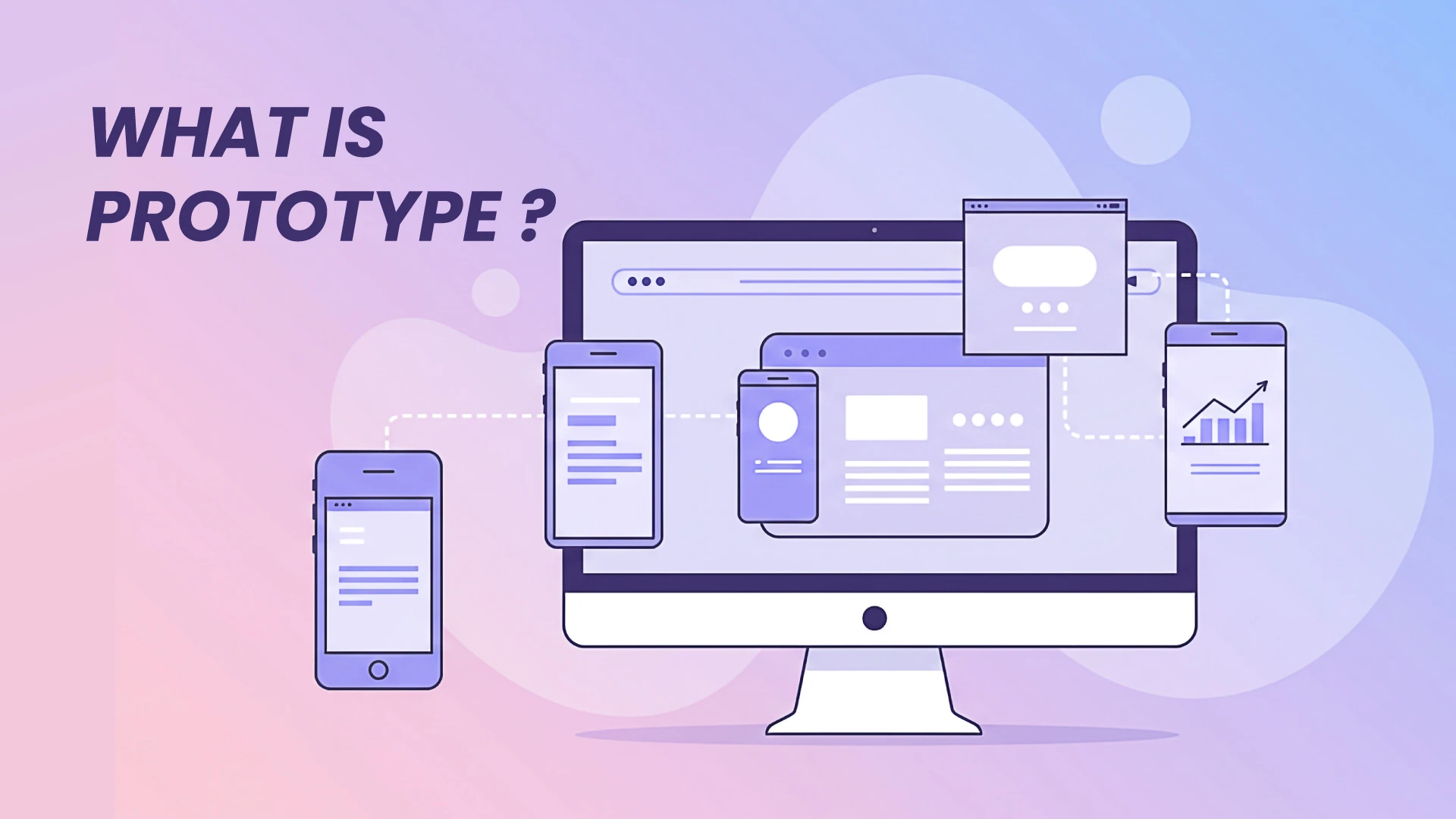
A prototype is an interactive representation that shows design, user flow, and functionality without requiring backend logic. It transforms concepts into tangible models for testing and feedback.
Types of Prototypes
- Low-Fidelity: Basic wireframes outlining structure and layout
- High-Fidelity: Detailed designs resembling the final product
- Interactive: Clickable mockups simulating user interactions
Key Prototype Characteristics
- Design-Centric: Prioritizes user experience and visual interface
- User Testing Ready: Can be tested with real users for feedback
- Simulation-Based: Shows functionality through design tools, not code
- Rapidly Iterative: Easy to modify based on feedback
When to Use Prototypes
Choose prototyping when you need to:
- Test user flows and interface design.
- Align teams on product vision.
- Gather early user feedback.
- Present compelling visuals to investors.
Prototyping Best Practices
- Start with low-fidelity wireframes.
- Test with real users regularly.
- Focus on critical user journeys.
- Involve developers in design review.
Cost Range: $5,000-$25,000, depending on complexity and fidelity level.
What is a Minimum Viable Product (MVP)?
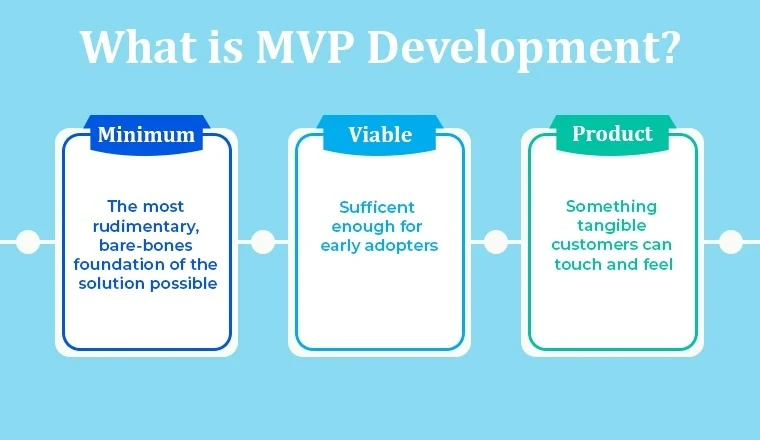
An MVP is the initial functional version of your product, delivering just enough features to address core issues and provide value to early adopters. Unlike PoCs or prototypes, MVPs are operational products that users can adopt and purchase.
Key MVP Characteristics
- Market-Ready: Includes working features solving real problems.
- Core Feature Focus: Limited to essential value-delivering features
- Real User Engagement: Released to actual users who provide feedback
- Revenue Potential: Can generate income while gathering market data
When to Use MVP
Build an MVP when you’re ready to:
- Test market demand and product-market fit
- Generate revenue from early adopters.
- Gather real-world usage data.
- Demonstrate traction to investors.
MVP Best Practices
- Identify and focus on the core value proposition.
- Include only essential features.
- Build quality foundations for future scaling.
- Implement comprehensive user analytics.
- Plan systematic feedback collection and iteration.
Successful Examples:
- Airbnb: Started with air mattress rentals during conferences
- Uber: Launched with just three cars to test ride-sharing
- Dropbox: Began with a simple demonstration video
Cost Range: $50,000-$200,000+, including development, testing, and deployment.
PoC vs Prototype vs MVP: Key Differences
| Aspect | PoC | Prototype | MVP |
| Primary Goal | Technical feasibility validation | UX/design validation | Market demand validation |
| Timeline | 2-8 weeks | 2-6 weeks | 3-8 months |
| Cost | $10,000-$50,000 | $5,000-$25,000 | $50,000-$200,000+ |
| Target Audience | Internal teams, stakeholders | Designers, users, stakeholders | Early adopters, customers |
| Functionality | Single feature/concept | Simulated interactions | Core working features |
| Risk Addressed | Technical risk | Design/UX risk | Market risk |
| Success Metric | Technical validation | User feedback scores | User adoption, revenue |
How to Choose the Right Approach
Decision Framework
Consider these questions: Technical Uncertainty: What is your level of confidence in technical feasibility?
- High uncertainty → PoC
- Low uncertainty → Prototype or MVP
- Design Importance: How critical is UX to success?
- Critical → Prototype first
- Secondary → Direct to MVP
- Market Readiness: Are You Ready for Real Users?
- Not ready → PoC or Prototype
- Ready → MVP
- Available Resources: What’s your budget and timeline?
- Limited → PoC
- Moderate → Prototype
- Substantial → MVP
Strategic Approaches
Sequential Development: PoC → Prototype → MVP Best for high-risk, innovative products with significant technical challenges.
Skip-Stage Development: Direct to MVP Appropriate for well-understood technologies with apparent market demand.
Parallel Development: PoC + Prototype simultaneously. Ideal when technical and design validation can occur independently of each other.
Industry-Specific Considerations
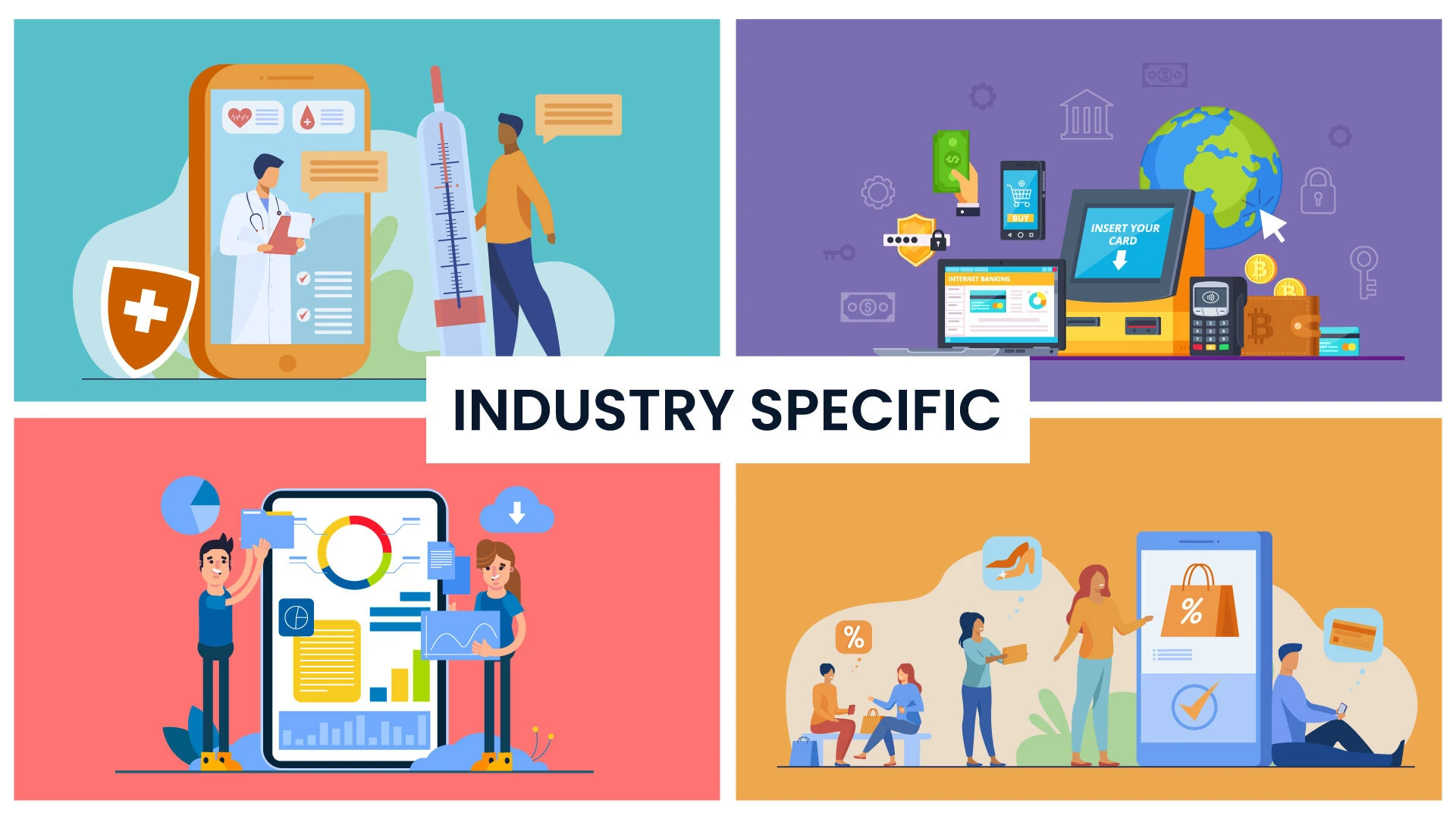
Healthcare: Often requires PoC for regulatory compliance before user-facing development
FinTech: May need PoC for security validation, followed by extensive prototyping for user trust.
Consumer Apps: Often benefit from prototype-first approaches for strong UX
Enterprise Software: May require PoC for integration validation with existing systems
Common Pitfalls to Avoid
PoC Pitfalls
- Over-engineering: Adding unnecessary features beyond core validation
- Solution: Maintain strict focus on technical feasibility questions
Prototype Pitfalls
- Feature creep: Adding too many features that distract from UX validation
- Solution: Establish clear objectives and scope boundaries
MVP Pitfalls
- Too minimal: Creating products that don’t solve complete problems
- Solution: Focus on solving entire user problems with limited features
Cost-Benefit Analysis Summary
PoC ROI
- Primary Value: Risk mitigation through technical validation
- Cost Savings: Prevents investment in non-viable solutions (potentially saving $100,000s)
Prototype ROI
- Primary Value: Improved UX and reduced development rework
- Efficiency Gain: Well-tested prototypes reduce MVP development time by 20-30%
MVP ROI
- Primary Value: Direct revenue potential and market validation
- Growth Opportunity: Successful MVPs generate funding for continued development
Conclusion: Making the Strategic Choice
Selecting among PoC, Prototype, and MVP requires disciplined risk management and strategic allocation of resources. In 2025’s competitive landscape:
- Use PoC when technical feasibility is uncertain.
- Choose Prototyping when UX is critical to success.
- Build MVP when ready for market validation.
Successful products strategically integrate these approaches, using each to mitigate specific risks at key stages. Selecting the appropriate validation strategy from the outset maximizes your product’s likelihood of market success.
Ready for the Next Step?
Ready to validate your product idea but need expert guidance?
Deciding between PoC, Prototype, and MVP? Our experts help you select the most suitable approach for your project.
Contact us for honest insights and personalized recommendations.
Submit your question in the form for quick, personalized advice.
Frequently Asked Questions
Q: Can I skip prototyping and go directly from PoC to MVP?
A: Yes, if you have strong UX confidence. However, prototyping often reduces MVP development time and improves quality.
Q: What’s the biggest MVP mistake?
A: Confusing “minimum” with “incomplete.” MVPs should solve complete problems with limited features, rather than providing incomplete solutions.
Q: Should I always follow PoC → Prototype → MVP?
A: No. The sequence depends on your specific risks. Some products benefit from parallel development or direct MVP approaches.
Q: How do I measure success for each approach?
A: PoCs measure technical validation; Prototypes measure user feedback; MVPs measure market traction and business viability.
